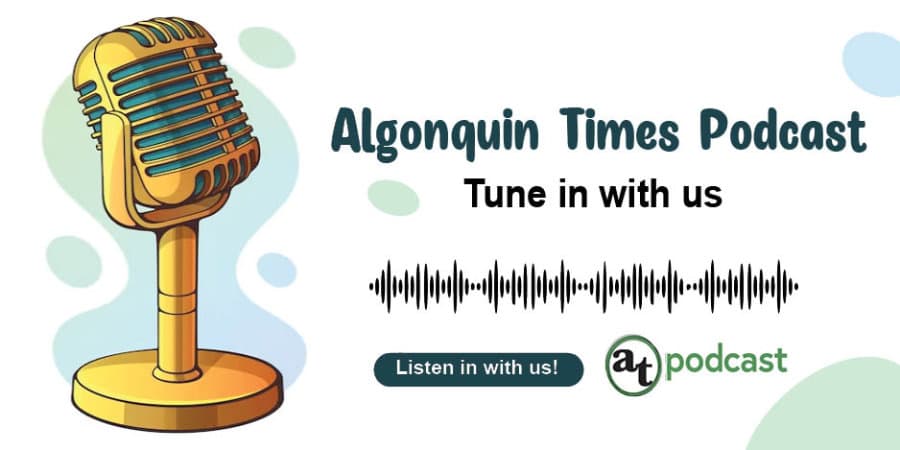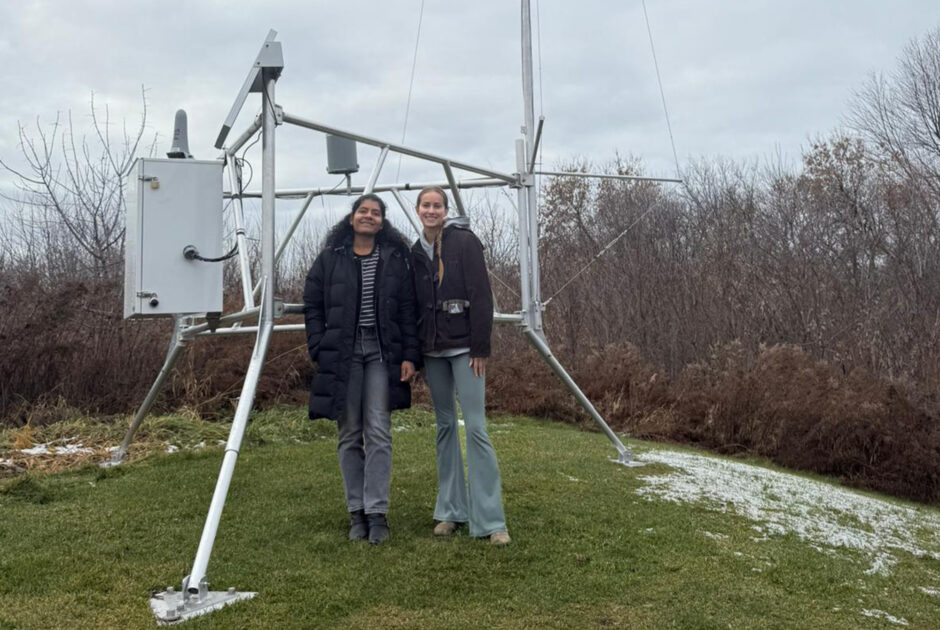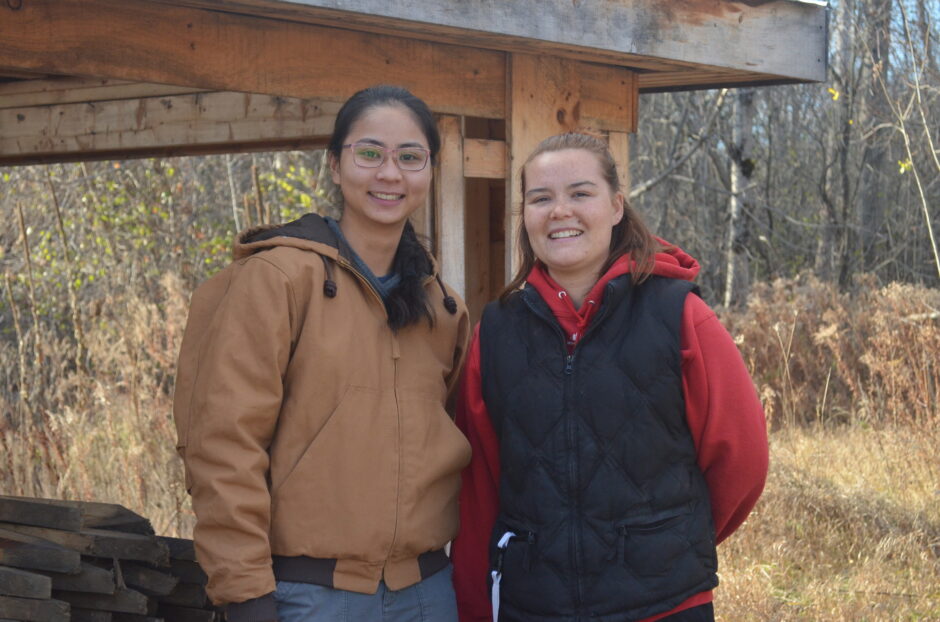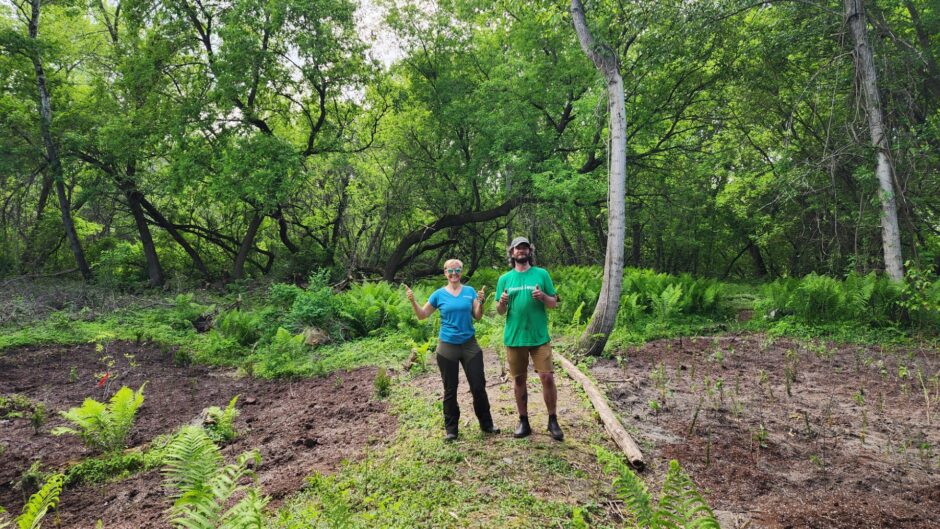Algonquin College celebrates Arabic language with music, food and calligraphy

Arabic calligraphy surrounded the Student Commons, traditional music filled the air and some of the oldest coffee in the world was served for the UNESCO International Day of the Arabic Language on Dec. 7.
The event was organized by the Saudi Arabian Cultural Bureau, a part of the Royal Embassy of Saudi Arabia.
Ammar Baitalmal, a musician, was invited to the event to perform.
“It’s a great opportunity because this is my mother tongue,” said Baitalmal. “I would love to contribute to the event in any way.”
Baitalmal sang in Arabic and played the oud, an instrument dating back over 4,000 years ago to the times of the prophet in Islam.
It’s also been used in traditional music in many parts of the world like the Middle East, North Africa, Turkey and Iran. It made its way to Europe, where in many parts it evolved to become the lute, another string instrument.
Among the food served at the event, the star of the show was Arabic coffee.
The drink originated in the 15th century in modern-day Yemen. It’s recognized today as an Intangible Cultural Heritage of Arab states, which is a title given by UNESCO when it considers something as part of a culture’s heritage.
To balance out the coffee’s bitter taste, it’s served with a small plate of sweet dates.
Sarfraz Khan, a professor of information and communications technologies at Algonquin College, enjoyed the food and music that the event had to offer.
“I lived in the Middle East for three years,” said Khan. “I’m familiar with the taste and culture and it’s beautiful to see it happening at Algonquin College.”
After finishing his dates and coffee, Khan went to a calligraphy table to get his and his wife’s names written in Arabic.

At the table, the host wrote a customer’s name on a piece of paper and put it in an envelope with a card breaking down Arabic letters, their pronunciations and how they’re used.
Jaden Girard and Matthew Glas, both police foundations students, were humbled by the language’s calligraphy.
“It’s very impressive,” said Glas. “The calligraphy that surrounds us is much more advanced than Latin calligraphy.”
“My handwriting looks terrible in comparison to these phenomenal artworks,” said Girard.








